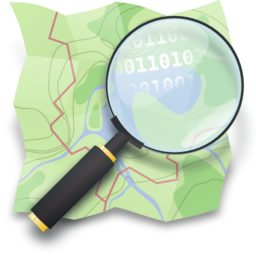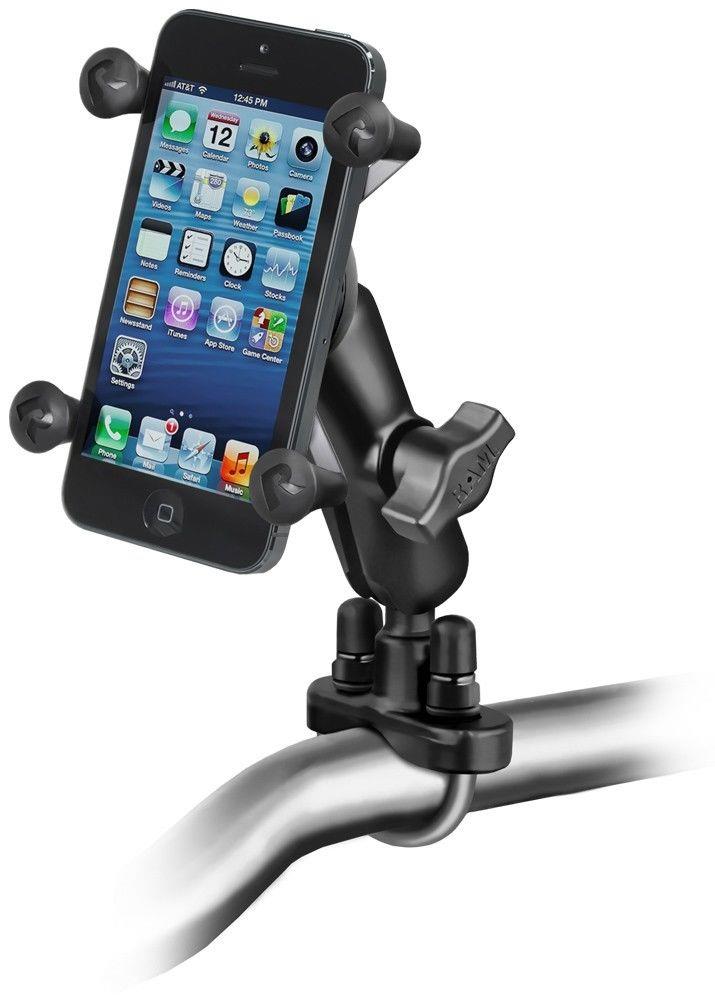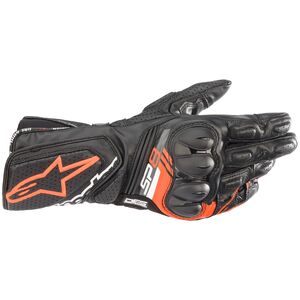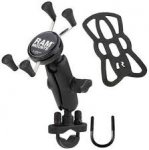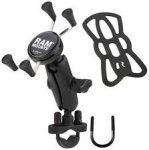SeeThruHead
Member
So I'm planning to do some longer trips on a new bike in the upcoming season. Lot's of road and offroad miles is likely.
I want to work my up to doing something majorly offroad like the "Great Continental Divide Ride" within the next 2 years.
Currently looking into trip planning and navigation research.
I've watched
in the video he's using maps.me app as well as the Garmin Montana.
When I'm doing research I keep coming across the Garmin Zumo motorcycle specific gps and it's features like routing that prefers/avoids curvy roads, hills, etc.
Then there is another group of people who pair their ipad to a Garmin inreach (which is good to have in case of emergencies anyway) and use apps like Gaia GPS
While gaia gps really does look like a better overall planning and gps tool than the Garmin. it's missing any motorcycle specific routing features.
I would love to hear if anyone has any experience with any of this gear/apps I've mentioned, or just generally what people are using for navigation on long tours, both on and off road.
I want to work my up to doing something majorly offroad like the "Great Continental Divide Ride" within the next 2 years.
Currently looking into trip planning and navigation research.
I've watched
When I'm doing research I keep coming across the Garmin Zumo motorcycle specific gps and it's features like routing that prefers/avoids curvy roads, hills, etc.
Then there is another group of people who pair their ipad to a Garmin inreach (which is good to have in case of emergencies anyway) and use apps like Gaia GPS
While gaia gps really does look like a better overall planning and gps tool than the Garmin. it's missing any motorcycle specific routing features.
I would love to hear if anyone has any experience with any of this gear/apps I've mentioned, or just generally what people are using for navigation on long tours, both on and off road.











